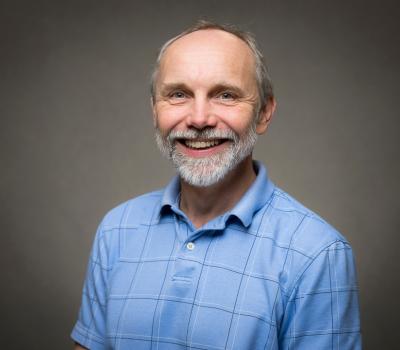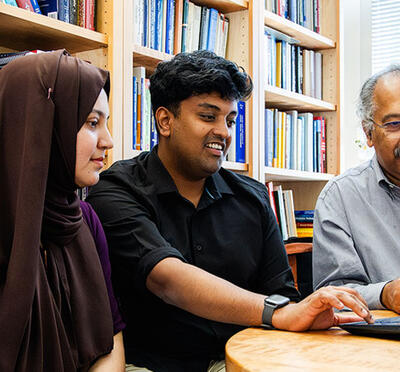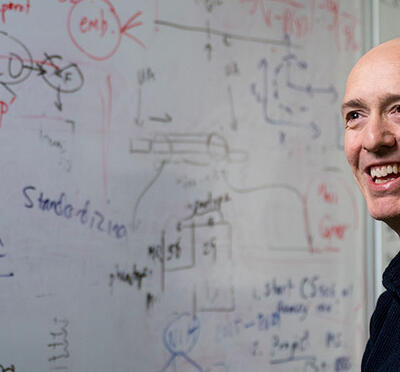Tyler Walker’s experience with engineering has come full circle. As a middle- and high-schooler, she participated in programs organized by Building Blocks 2 Success, where she is now a program manager. Serving the Portland metropolitan area, the nonprofit BB2S aims to expand participation of underrepresented groups in STEM fields.
“I grew up in Building Blocks 2 Success,” said Walker, who graduated with an electrical and computer engineering degree from Oregon State University in 2024. “It's the main reason why I wanted to pursue engineering in the first place. It gave me a space to be curious.”
Inspiring the next generation
Walker returned to campus this summer to run a weeklong summer camp for middle schoolers organized by BB2S in collaboration with Oregon State. Participants built solar cars, toured campus facilities (including the robotics lab, the Hinsdale Wave Research Lab, and the Valley Football Center), and spoke with undergraduates during the college exposure program.
“It’s really cool to see their eyes light up when they realize what they could do here at Oregon State,” Walker said.
Walker has brought her expertise in semiconductors to BB2S, developing a nine-week program to teach the basics of circuits and to introduce middle and high school students to semiconductor careers. In collaboration with universities, companies in the semiconductor industry, and Portland Public Schools, BB2S delivered a pilot program last spring and plans to have a new cohort of students this fall.
“Students went from basically knowing nothing about programming or circuitry to being able to make their own individual projects like a robot car,” Walker said.
The Oregon State experience in electrical and computer engineering
Several factors convinced Walker that Oregon State was the right place for her to pursue a degree in electrical and computer engineering. It started with her high school engineering teacher, an Oregon State alum who talked about how great her student experience was. When Walker toured different universities, Oregon State stood out as being student-centered.
“I felt a connection here,” she said.
Walker also valued the degree program’s integration of electrical and computer engineering because she was interested in both fields.
“It's an advantage, because it trains us to look at how to make a physical system and then how to run that system,” Walker said. “It’s harder if you know only one side and you don’t understand the limitations of either the software or the hardware.”
Additionally, Walker was impressed by Oregon State’s R1 university designation among doctoral universities indicating the highest level of research activity, with plenty of opportunities for student participation. One of the highlights of her experience at Oregon State was working in the Applied Magnetics Lab with Albrecht Jander, associate professor of electrical and computer engineering.
One of the projects she worked on was setting up an interferometer, a tool that can make precise measurements of materials — in this case, magnetic materials.
“It was mind-boggling,” Walker said. “I was working with this gigantic system and fine tuning all these mirrors and learning about lasers, laser safety, and how to change the intensity of a laser. It was where I found my passion for research.”
Gaining experience through internships
The research experience led to an internship at the National High Magnetic Field Laboratory in Tallahassee where she designed a cavity resonator for a 21-tesla mass spectrometer.

Walker also gained valuable industry experience through a six-month MECOP internship at Daimler in its aftermarket service training department, where she designed and taught courses for technicians about truck electrical components.
“I was able to thrive at Oregon State because of my friends, my advisors, my professors, and the organizations I belonged to,” Walker said. “If I had struggles, I could talk to people, and there were a lot of resources available to me.”
For now, Walker is happy to have the opportunity to give back to the organization and community that got her started on the path to success in electrical and computer engineering. In the future, she plans to continue her education by pursuing a master’s degree in physics with an eye toward a career in research.



